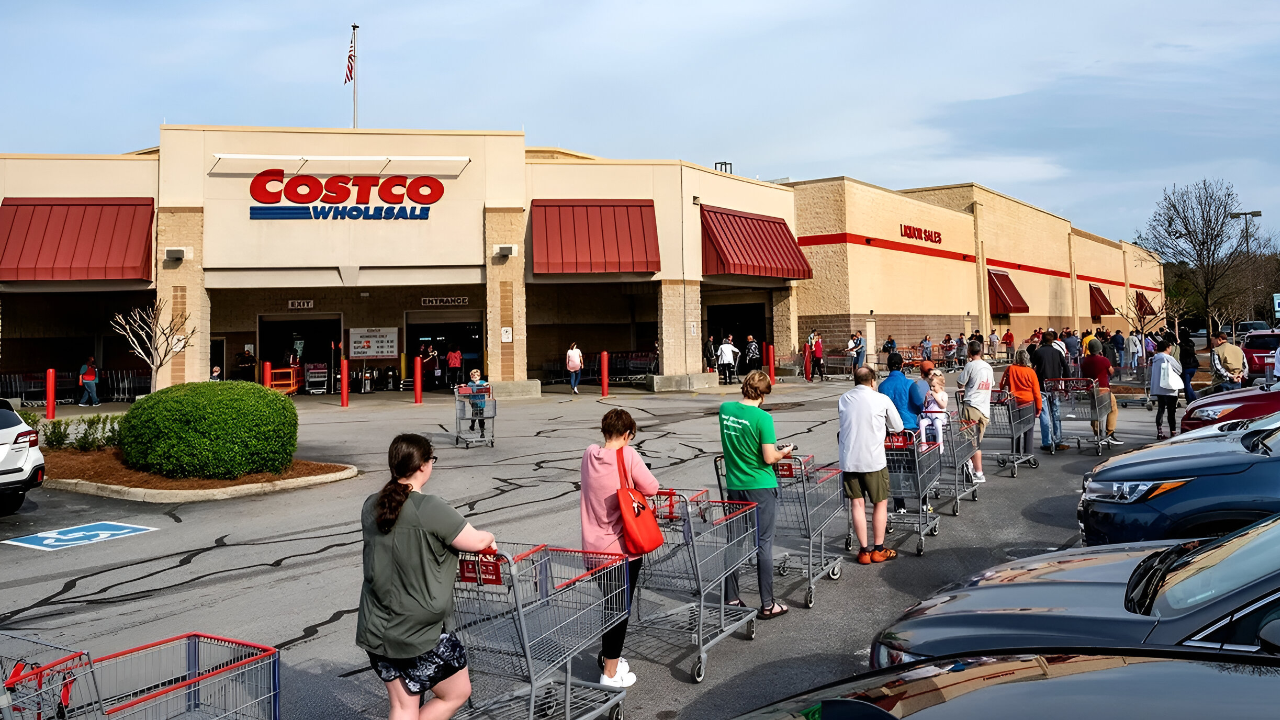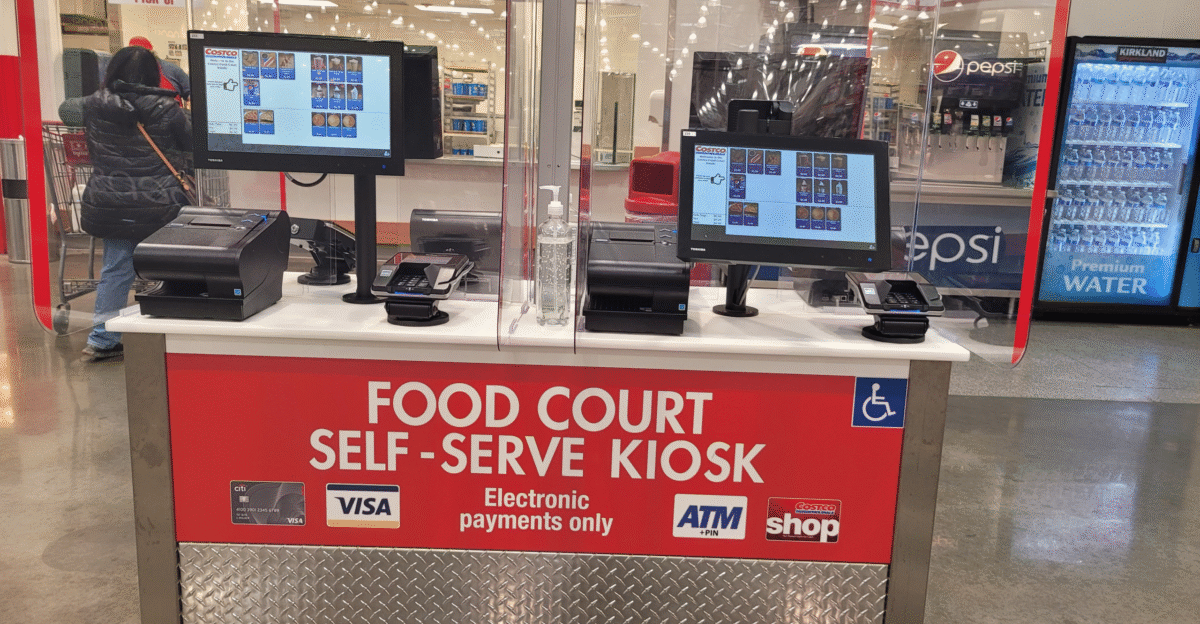
Costco, long known for its egalitarian warehouse aisles and one-size-fits-all membership, has upended its reputation with a controversial new policy. Since September 2025, only Executive Members—those paying $130 annually—are allowed to shop during exclusive early hours, while regular $65 Gold Star members must wait outside. This marks the first time in Costco’s history that access to its stores is explicitly tiered, introducing a visible class divide to what was once a democratic retail experience.
Membership Revenue Drives Change

Costco’s decision is rooted in the economics of its membership model. In fiscal 2025, the company’s membership fee revenue soared to $5.3 billion, up from $4.8 billion the previous year. These fees, which come with minimal associated costs, account for approximately 66% of Costco’s net operating income and are critical to its ability to offer low-margin pricing on goods. Executive Members, who make up approximately 48% of the membership base but generate nearly three-quarters of total sales, are the clear financial backbone of the company. The new early access policy is designed to reward these high-spending customers and encourage more regular members to upgrade.
Exclusion at the Doors

The impact of the policy is immediately visible at Costco locations nationwide. Approximately 42 million non-Executive members—many from working- and middle-class households—now find themselves waiting outside locked doors during the new “VIP hour.” Executive Members enjoy quieter aisles, better parking, and first pick of limited-stock items and fresh produce. For regular members, the experience has shifted from one of communal bargain-hunting to one of exclusion, fueling criticism that Costco is abandoning its roots as an accessible, family-friendly retailer.
The policy’s timing has intensified the backlash. Its rollout coincided with mounting economic pressures on American households, including inflation, rising housing costs, and reductions in government assistance programs. Critics argue that Costco’s move reflects a broader trend in American retail—sometimes called “velvet rope economics”—where access and perks are increasingly reserved for those able to pay more, deepening the divide between affluent and value-seeking shoppers.
Operational Strains and Member Frustration

Inside the warehouses, the new policy has created operational challenges. Employees now arrive as early as 3 a.m. to prepare for the early opening, adding strain to already stretched staff. Some Executive Members have reported that the early hours do not always deliver a premium experience: fewer registers are open, leading to longer checkout waits, and some sections—especially produce—may not be fully stocked due to delivery schedules. The popular sample stations, a hallmark of the Costco experience, do not open until regular hours, leaving early shoppers without this familiar perk.
Meanwhile, the parking lot has become a symbol of the new divide. Executive Members arriving early secure prime spots, while regular members wait in their cars, watching others shop. Social media has amplified these frustrations, with images and stories of members left outside fueling a broader debate about Costco’s evolving identity.
Brand at a Crossroads
Costco’s brand has long been built on fairness, employee welfare, and broad accessibility. Consumer research shows that shoppers increasingly value brands that demonstrate inclusion and social responsibility. The new class-based access policy risks undermining this reputation, especially as employees are now trained to actively promote Executive upgrades at checkout, turning every transaction into a sales pitch.
Despite the controversy, Costco’s renewal rates remain high—92.3% in the U.S. and Canada, and 89.8% worldwide—suggesting that overall satisfaction is still strong. However, the long-term effects on member loyalty, especially among those who feel sidelined by the new policy, remain uncertain. Some members have reported downgrading their spending or switching to competitors, while others have upgraded to maintain access.
Looking Ahead: Retail’s Shifting Landscape

Costco’s early access strategy reflects a broader shift in the retail industry, where companies increasingly cater to premium customers while value-focused shoppers are left with fewer perks. Competitors like Sam’s Club and BJ’s Wholesale Club have also expanded their premium offerings, intensifying the race for affluent shoppers. At the same time, nearly half of Costco’s new sign-ups are under 40, suggesting the company is trying to balance its appeal to both established and emerging customer segments.
As economic inequality grows and the middle class feels squeezed, Costco’s move away from universal access signals a new era for warehouse retail. Whether this strategy will strengthen the company’s position or erode the loyalty of its broad customer base remains to be seen. The stakes are high—not just for Costco, but for the future of retail’s promise of shared savings and access for all.


